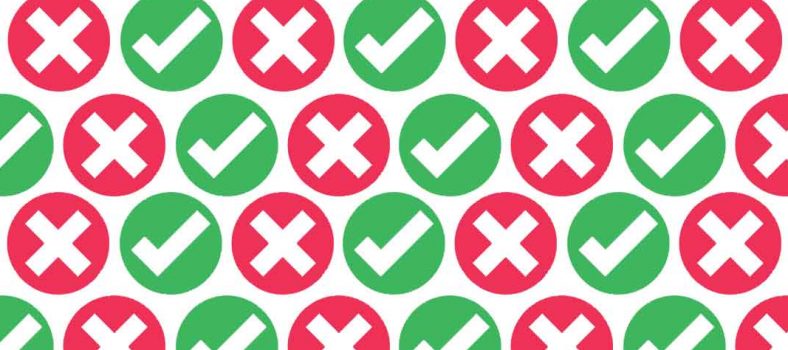 By Heidi Kimble
By Heidi Kimble
For marketers and customers alike, personalization is a win-win — customers receive more relevant materials from a business, and are therefore more likely to remain loyal to that business moving forward. Sounds great…but how do we get there? Personalized marketing is kind of like the pot of gold at the end of the rainbow: a glorious ideal, yet tricky to chart a path towards. And don’t fall for fool’s gold — inserting a customer’s first name into an email template is not personalization, it’s just common courtesy. You’ll need to dig a little deeper to start delivering relevant content to customers at the right time and on the right channel, the true measure of personalization. So…how do we do that? No leprechaun magic necessary for this; data science has you covered.
If I started to lose some of you when uttering “data” and “science” in one sentence, let me assuage your worries. Data science isn’t as complicated as it sounds. Below I’ve outlined ways your team can embark on a data science project to achieve true marketing personalization.
Set achievable goals
Many marketers, when they hear “data science,” they think of AI-driven predictive models, rapid testing platforms, and more — but let’s not get ahead of ourselves. These fancy models can generate strong, actionable insights, but not until your customer data is in decent shape. Start by framing your marketing science project with simple questions, like “When do my customers actually want to hear from me?” or, “How frequently do they want to hear from me?” or, “On which channels do they want to hear from me?”
These key questions, which should always be customer-centric, enable you to hone in on your data science project so it’s manageable, and so its results provide clear next steps your team can use to enhance marketing personalization efforts. Then, you can move onto the next customer friction point, then the next. For example, once you’ve determined how often customers want to hear from your brand, you can look into which channels they want to hear from you on, and so on.
Simplicity is key
Whatever your motivation to embark on a data science journey is, let me take a wild guess at what you, your team and your boss all want: results. You want that 360 degree view of your customers, so you can send them more relevant, personalized content at the right times and on the right channels (that’s true personalization, by the way — “insert name here” won’t cut it anymore). I want all that for you, too, but don’t expect instant gratification. You have to start small.
If your business is brand new to data science, starting with a narrow scope will enable you to build a strong foundation for more sophisticated models down the road. So, once you’ve decided on a straightforward, customer-oriented question to guide your project, start with simple A/B tests to unearth initial results.
Let’s say you’re trying to figure out when your customers want to receive messages from you. Pick a couple different options for times, and send a message to a randomized segment of your customer base at one of the times, and the other randomized segment gets a message at the other time. You can then determine which option drove higher engagement with customers, and there’s your winner…for now. Simplicity is key, yes, but consider my alternative to the salesman’s mantra: ABT, or Always Be Testing.
Now, sometimes the results of these simple A/B tests will be narrow, but don’t let small margins fool you. If you have thousands or hundreds of thousands of customers, a proportionately small increase in conversions is a big deal for your bottom line.
Building on your foundation
Eventually, through simple testing, your team will have stockpiled a decent amount of data on your customers. Clues that you’re nearing this point include that you’re all running out of questions to answer via these tests. Or you can no longer comprehend the next ten or twenty data points about a customer segment. Or that you’re all starting to cash in on your vacation days. Using your accumulated data, you can now leverage some more sophisticated methodologies to move toward marketing personalization:
- Look alike models clue you into which customer attributes correlate with desired customer behaviors. You can use these insights to lean into those attributes, tailoring content and timing, and testing out different versions of a particular message to see which is more impactful at driving those behaviors.
- Triggers are automated campaigns that are, well, triggered when a customer is highly likely to be reaching a certain point in the buyer’s journey. In your initial data collection, you’ll probably start to see trends in the points in time when customers are most likely to convert, ask questions, and so on. Trigger campaigns use AI-driven predictive models to automatically engage with customers at these crucial points in time, when your marketing messages will be most impactful.
At the end of the day, the customer should be the end-all-be-all of any marketing science project. The more value you provide to them via relevant, personalized marketing campaigns, the more loyal they’ll be to your business. If they’ve given up some data voluntarily, use that — as well as purchase or inquiry history — to send them useful information and offers at the right time, on their favorite channels. For marketers, data science is the way toward the end of the rainbow.
Heidi Kimble is director of Analytics and Insight at Sinch for Marketing.




